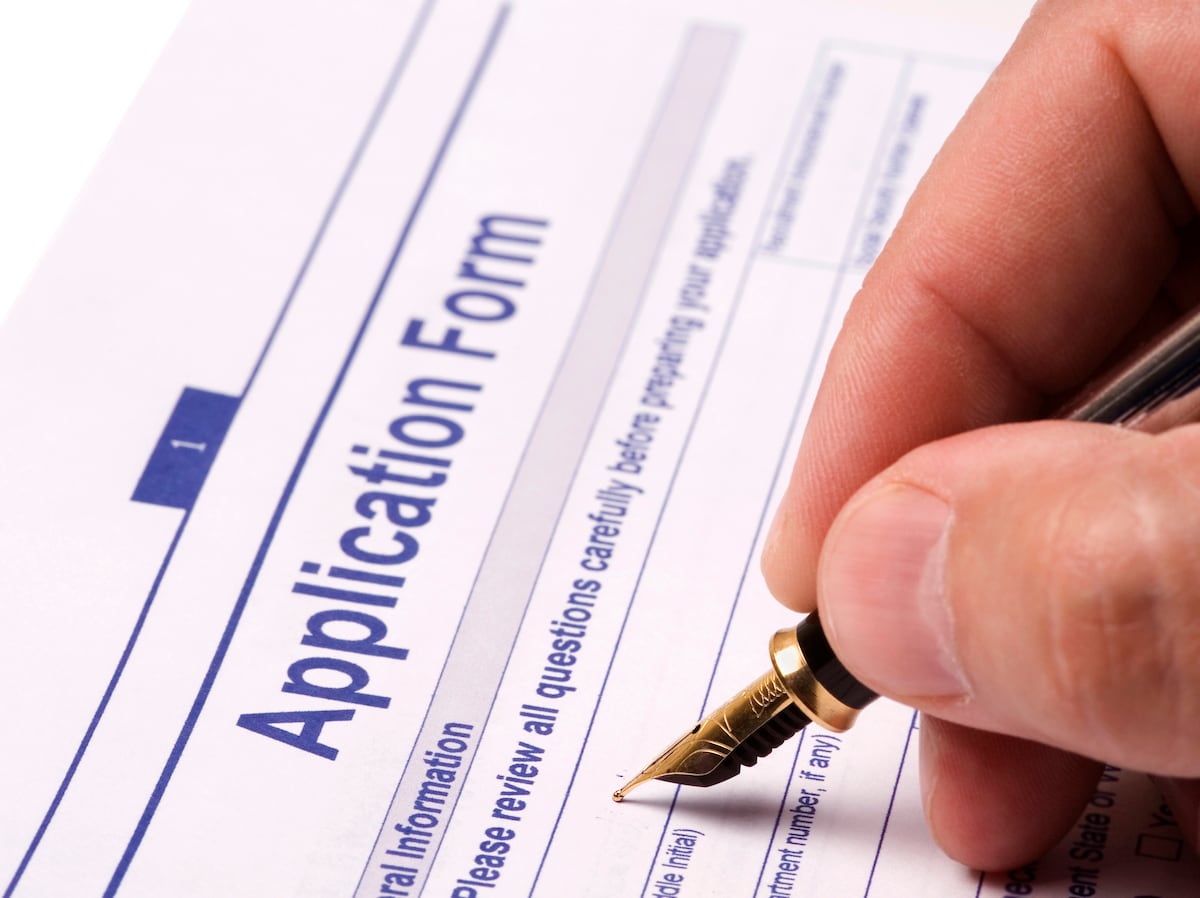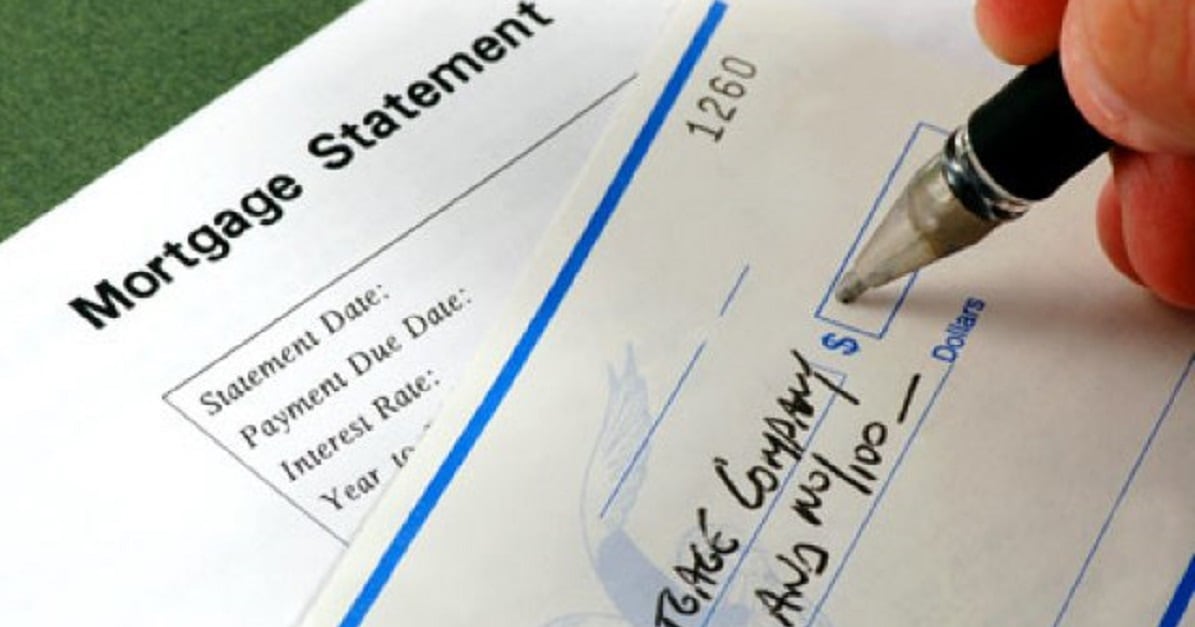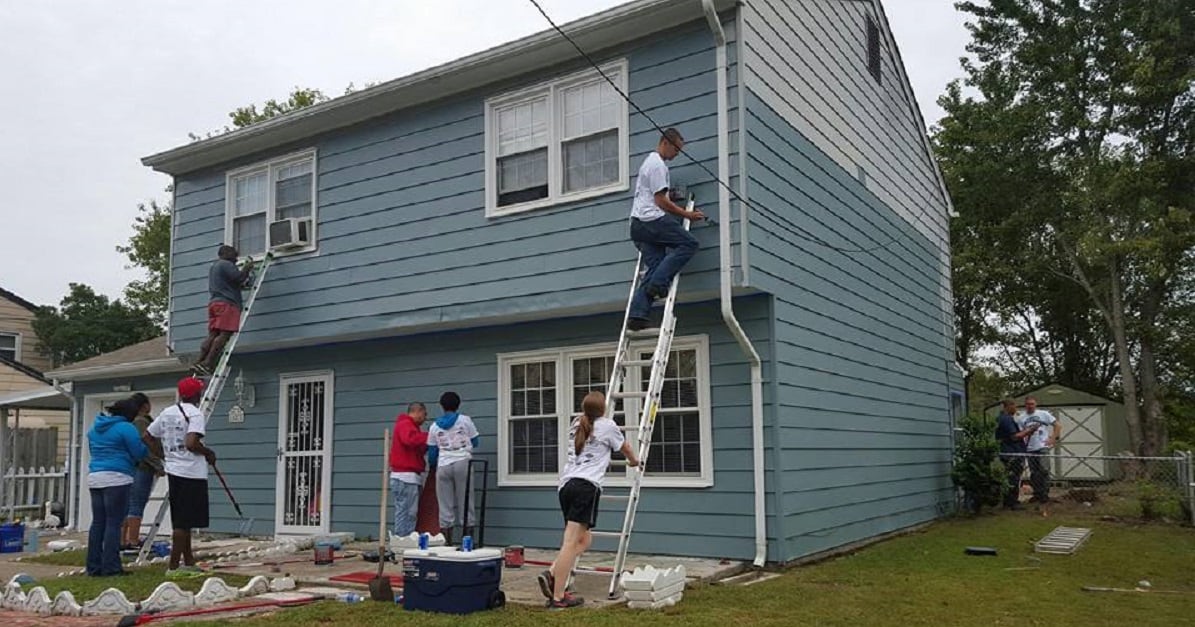While homes purchased with VA-backed loans must go through a special appraisal process and be judged “safe, structurally sound and sanitary,” per department guidance, that doesn’t mean they have to be perfect.
And for the ones that aren’t, there isn’t always time to fix everything before move-in day. Maybe they need driveway work in the middle of winter. Maybe the paint is in bad shape ... but not as bad as the weather.
VA provides a way to continue the home-buying process in the face of these hiccups by way of an escrow account. This isn’t the same escrow that buyers will pay in as part of their lending agreement, nor is it the same one containing earnest money or other funds related to closing the deal.
RELATED

Instead, as explained in VA’s Lenders Handbook, an escrow agent will withhold 1.5 times the cost of the repairs (as estimated by a third party) from the amount due to the seller at closing. Once the repairs are done, the money is released.
These arrangements may be made by the lender without prior VA approval, but there are some requirements:
- The rest of the dwelling must be move-in ready: Escrow can’t be used to cover major repair projects, or ones that would prevent buyers from staying in the new residence.
- The delay in repairs “must not be unreasonable,” with the guidance suggesting a 90- to 120-day window.
- The delays “must be beyond the control” of the seller. The program targets weather-related issues or similar temporary concerns, not wider financial (or structural) problems.
An escrow account isn’t required for repairs expected to cost less than $500 or those that solely adding landscaping features, per the guidance.

For more about all aspects of the VA loan process, visit our VA Loan Center.
Kevin Lilley is the features editor of Military Times.




